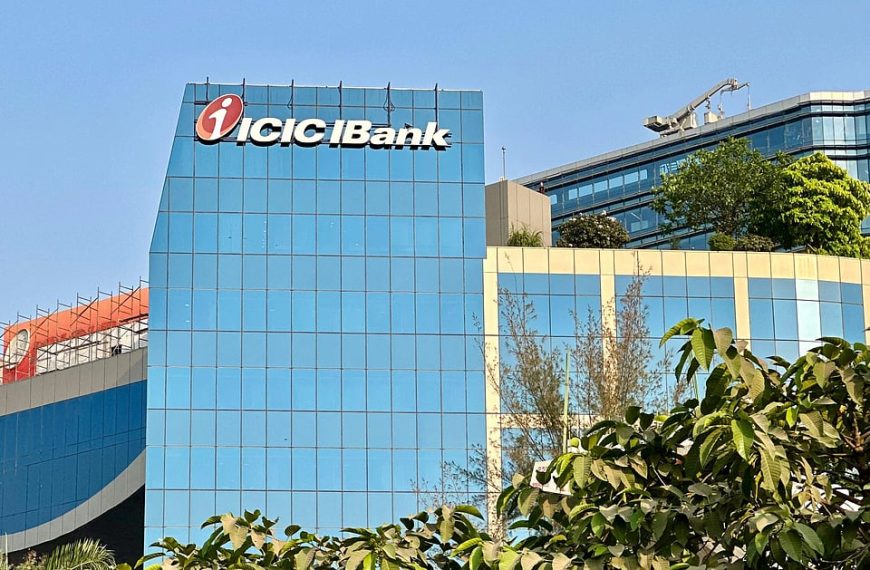The Indian stock market has experienced a remarkable surge over the past four days, recovering from previous losses attributed to tariffs imposed by former President Donald Trump. Following the announcement of a 90-day tariff pause, the market saw a significant rally, with the Nifty 50 index skyrocketing from 22,399 to 23,851, marking an impressive gain of 1,450 points. On Thursday, this index closed at 23,851, reflecting a robust increase of 414 points, or 1.77%, and achieving its highest weekly rise since February 5, 2021, with a total uplift of 4.48%.
Market Performance Overview
The BSE Sensex also enjoyed substantial growth, climbing from 73,847 to 78,553, which translates to nearly 1,700 points gained in just four sessions. Experts from Bajaj Broking attributed this bullish trend to a combination of positive global cues and sustained foreign investment inflows. They highlighted that banking stocks were major contributors to this rally, benefitting from easing Consumer Price Index (CPI) data and favorable forecasts for the monsoon, which raised expectations for deeper rate cuts by the Reserve Bank of India.
What Sparked the Indian Market’s Rally?
The initial boost in the Indian stock market can be traced back to the announcement of the tariff pause. However, several other factors contributed to the ongoing rally over the subsequent sessions. Here are key elements that fueled this impressive performance:
-
Indo-US Trade Deal Prospects: The discussions between Indian and US officials regarding a potential trade agreement have generated optimism among investors. The ongoing tensions in the US-China trade relationship have further heightened the urgency for India to solidify its trade ties with the US, as indicated by Avinash Gorakshkar, Head of Research at Profitmart Securities.
-
India-China Trade Deal Buzz: Amid the escalating trade war between the US and China, India’s government is exploring possibilities for a trade agreement with China. With China eager to mitigate losses from US tariffs, the anticipation of fruitful negotiations has positively influenced market sentiment.
-
Economic Reforms in India: Observers suggest that the Indian government may initiate new economic reforms to adapt to shifting global trade dynamics. Market participants are optimistic about the potential for reforms under Modi 3.0, which could lead to a more open economic environment, as noted by Anshul Jain, Head of Research at Lakshmishree Investment and Securities.
-
Trend Reversal in Foreign Institutional Investments (FIIs): Recent trends indicate that FIIs have been net buyers in the Indian market. The weak US dollar and declining US bond and equity markets have prompted foreign investors to look towards Indian assets. Last week, FIIs invested approximately ₹14,670 crore in Indian equities, signaling a notable shift in investment patterns, according to Sandeep Pandey, founder of Basav Capital.
- Positive Monsoon Forecast: The Indian Meteorological Department (IMD) has predicted an above-normal monsoon, which is likely to boost rural incomes and help maintain inflation levels. This optimistic outlook is expected to translate into improved economic performance in the coming quarters, further encouraging investor confidence.
Conclusion
The recent rally in the Indian stock market can be attributed to a blend of strategic global trade developments, potential economic reforms, and favorable weather forecasts. As the market continues to respond to these factors, investors remain hopeful for sustained growth in the near future. For those looking to navigate this vibrant market, staying informed about these trends is crucial for making well-timed investment decisions.











